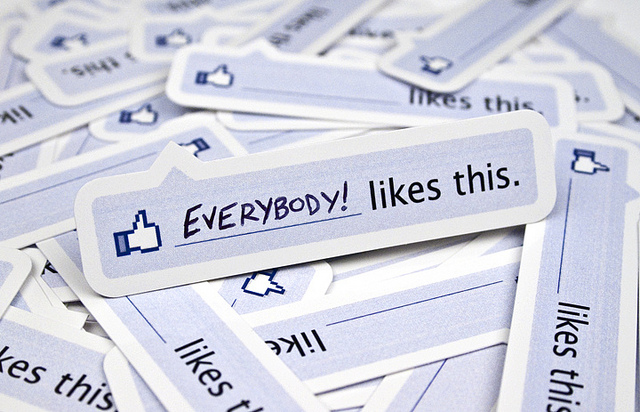
Why your benchmark depends on your organization
Target audience: Nonprofits, cause organizations, foundations, NGOs, organizations, social enterprises, small businesses, Facebook administrators.
 Are you familiar with the term virality — at least how it’s used on Facebook? Of the overall number of people who read an update on your Facebook page, virality refers to the percentage of people who then liked, commented on or shared it.
Are you familiar with the term virality — at least how it’s used on Facebook? Of the overall number of people who read an update on your Facebook page, virality refers to the percentage of people who then liked, commented on or shared it.
For example, if 1,000 people saw a photo you posted on your Facebook page and 100 people liked, commented on, or shared it, the virality rate would be 10 percent.
Because virality highlights how people talk about your posts, it’s essentially a measurement of content quality. The more relevant and interesting your update is, the higher your virality will be for that update.
What is good virality?

It seems like everyone wants a quick answer on this one.
The challenge is that every single Facebook page community is very different. Each community responds to content differently on Facebook. Some communities are more social than others, and each community is also at a different stage in maturity.
What all communities do have in common is that they respond more to content that’s awesome and ignore content that’s boring.
And if you’re like most Facebook page community managers, publishing awesome content is something that you’re always looking to improve.
Ignore virality benchmarks
Let’s say NTEN suddenly announced that its latest study showed that 10 percent is the average virality for nonprofit Facebook pages. You might feel really great (even arrogant) or really crappy depending on your page’s average virality.
So in the end, a good benchmark for virality is this:
Better than your most recent best.John Haydon delivers social web strategy solutions for “the quick, the smart, and the slightly manic.” Curious? Then visit the John Haydon blog, follow him on Twitter or leave a comment.
 This work is licensed under a Creative Commons Attribution-NonCommercial 3.0 Unported.
This work is licensed under a Creative Commons Attribution-NonCommercial 3.0 Unported.








